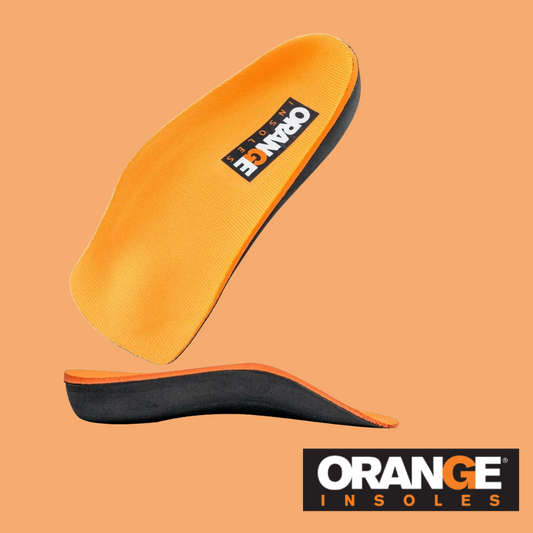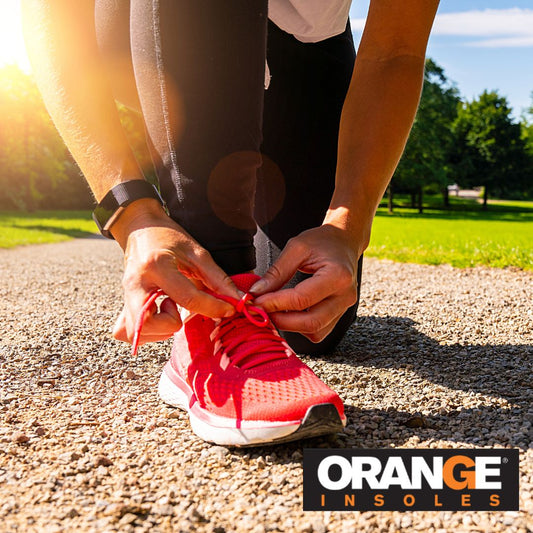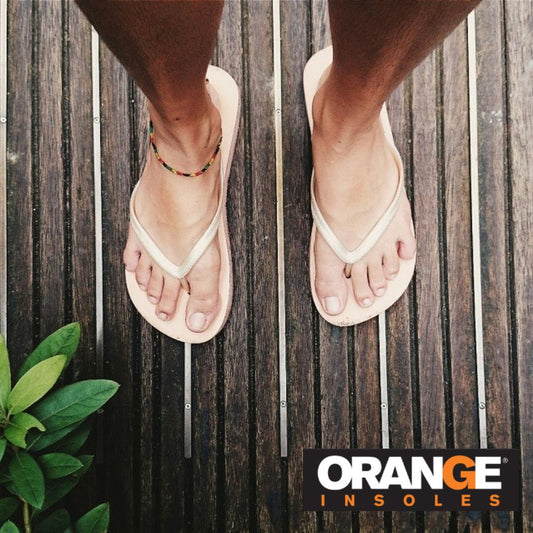For your body to function properly, every gear and piece needs to fit properly together and move smoothly from standing to sitting to bending and lifting. If one gear is out of whack, everything will suffer. For the gears to move properly, all your pieces need to be lined up accurately, this means your body should be in proper alignment.
Proper alignment of our bodies is incredibly important when it comes to feeling our best, whether we're working out, sitting, or just standing, if our gears don't move right, natural motions will be more difficult and we could risk injury. But proper alignment isn't just about preventing injuries or sore muscles. Poor alignment and posture can also lead to a variety of other problems.
Problems like:
- Headaches
- Stiffness
- Digestion issues
- Sciatica
- Carpal tunnel
- Fatigue
- And more
So, if you think your body's alignment might be off-kilter, let's take a look at some ways you can test it yourself and start getting your gears turning more smoothly.
Please note that these are just suggestions and you should always check with your doctor if you're in pain or before starting new workout routines.
Watch Your Walk
When you're walking, take a look at your feet. Properly aligned feet should face forward. If your feet turn too far in or too far out, it could be an indication that something in your lower body is out of alignment. This could cause an over or underuse of some muscles. Feet that are rotated out could cause a pinching of the sacrum or the lower back.
Check Your Feet
Above, we talked about taking a look at what your feet do when you walk but now we want to talk about how you distribute your weight onto your feet. Stand still. Do you put more weight on the outsides of your feet? The front? The heels or the balls of your feet? Is one foot different than the other?

Image from Shape.com
Stand still at first and then move around to see what feels normal and what feels forced. If you notice you're putting more weight in one area than the other, try playing with distributing weight evenly through the whole foot.
Move Your Pelvis
Use a mirror to look at the alignment of your pelvis. Use the two bony bumps on the front and back of your pelvis to check your alignment. They should form a horizontal line from one side to the other. If one side is higher than other you may have an anterior (when the front of the pelvis drops in relationship to the back of the pelvis) or posterior (when the front of the pelvis rises and the back drops) tilt. If this is true, certain muscles could be compensating for other muscles that aren't working as hard and could cause aches and pains throughout your back.
Play around with the movement of your pelvis. Hold it neutral then move it in circles or back and forth. See what feels natural and what actually lines up. They might not match.
Check Your Posture
Proper standing and sitting posture is key to proper alignment.
Go to a mirror again. Check out your shoulders. Are they level or is one higher than the other? If they are uneven it could suggest a muscular imbalance in your upper body.
You can also try to make a line from the tip of your nose to your belly button while standing naturally. Is that line straight? If it's angled to either side it could be a sign your spine isn't properly aligned.
Tip: A Picture is Worth a Thousand Words
It might be hard to tell if you're in alignment just by looking in a mirror. You might automatically stand straighter than you would normally. To get an accurate image of your posture, have a friend help take pictures.
To make it more natural, walk a few steps and then stop. Take a picture from the front, side, and behind.
In your picture, you should have:
- Joints stacked
- Ears over shoulders
- Ribs over hips
- Hips over heels
- The pelvis and spine should be neutral (not leaning one way or another)
If this isn't the case, there are numerous deviations that could be impacting your alignment.
Some of those deviations include:
- Uneven hips
- Uneven shoulders
- Head Tilt
- Sway Back
- Feet turned in
- Feet turned out
To improve your alignment and posture, do stretches that work the muscles that are underutilized. Hold each stretch for 15-30 seconds and do 3-5 sets.
Almost everyone has somewhere in their body that it out of alignment. Given how much we sit in a day, how little most people exercise, and how hard we can be on our bodies, it's no surprise it's hard to achieve proper alignment.
Paying attention can help. So can the right insoles supporting when you're standing or walking. Try out these alignment tests and then explore our site to find the right insoles to support your body and help you achieve better alignment.

























































